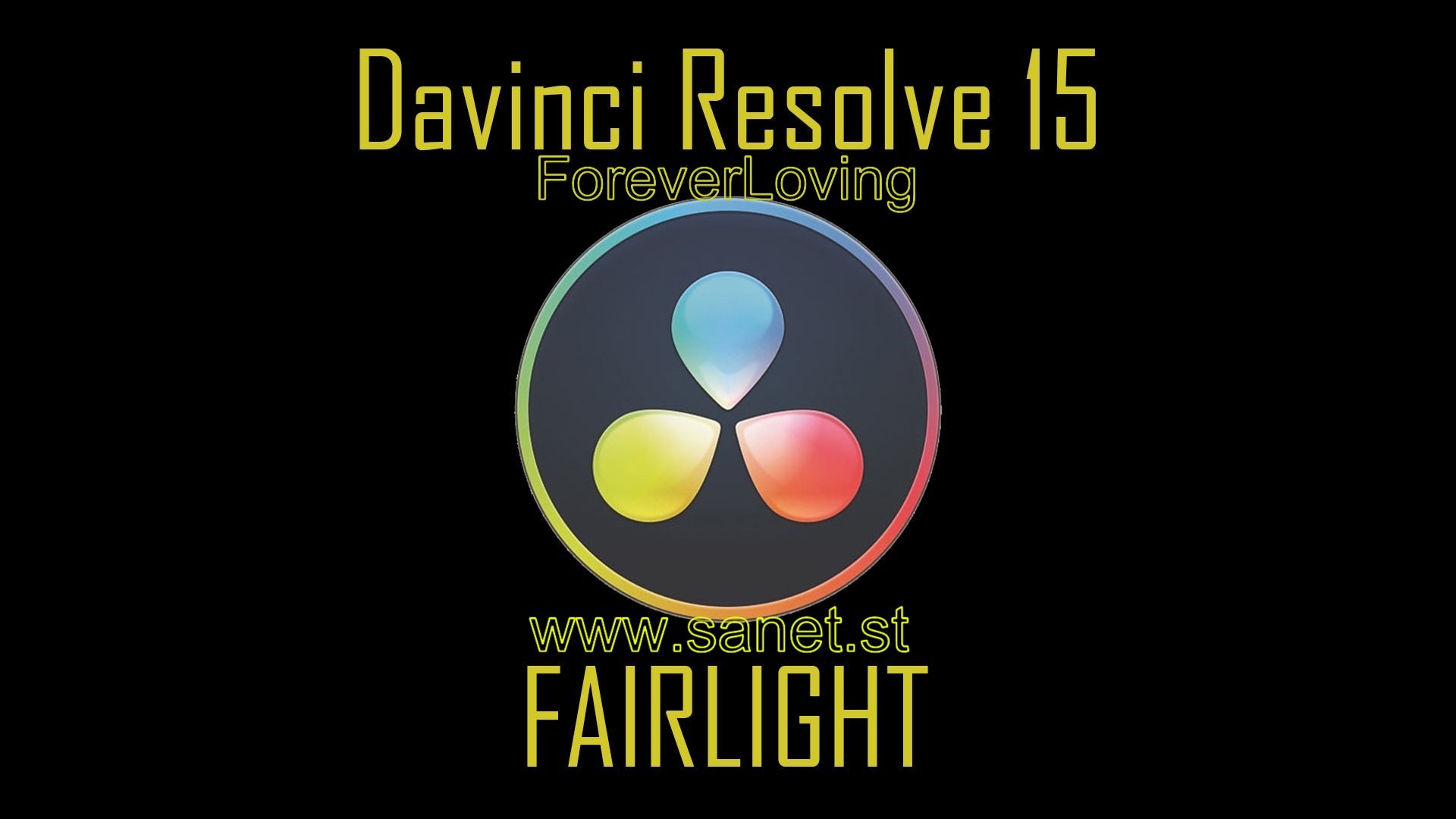


We’re going to add a submix by selecting Sub. This is the window where we will create a bus to assign the audio tracks. And then from the top menu, select Fairlight > Bus Format to open the Bus Format window With your audio edit complete, jump from the edit page to the Fairlight page. Let’s have a look at how you can do this in DaVinci Resolve 14. If I want to increase all the dialogue at a given moment, or perhaps lower all of the sound effects by a few decibels, it’s going to easier to do that with a submix. That would be five different tracks, and several various clips that I’m going to have to continuously adjust, either on a clip-by-clip basis or by increasing and decreasing the track level. Then there are another three tracks for the sound effects: the noise of the patrons in the restaurant, plates clattering, footsteps when people get up and walk by, and a champagne cork popping. Well, using the example below, two characters are speaking in the scene, and there are two audio tracks for each character’s dialogue. Why do this? Why not adjust the levels on the tracks and clips themselves. One way to simplify this process is with a submix (submixes combine multiple audio tracks into a single channel).

When you have completed your edit and set the levels for your individual audio clips and tracks, you can take your audio to the mixing page to further refine your audio mix. (Give it five years, and I’m sure we’ll also be creating our visual effects inside Resolve 14.) Need to combine multiple audio channels into a single channel? Simplify your workflow with DaVinci Resolve 14’s Fairlight Audio.įirst, it was a renowned color grading software, then it was an advanced NLE now, Resolve is taking on audio mixing with the addition of Fairlight Audio in Resolve 14.


 0 kommentar(er)
0 kommentar(er)
